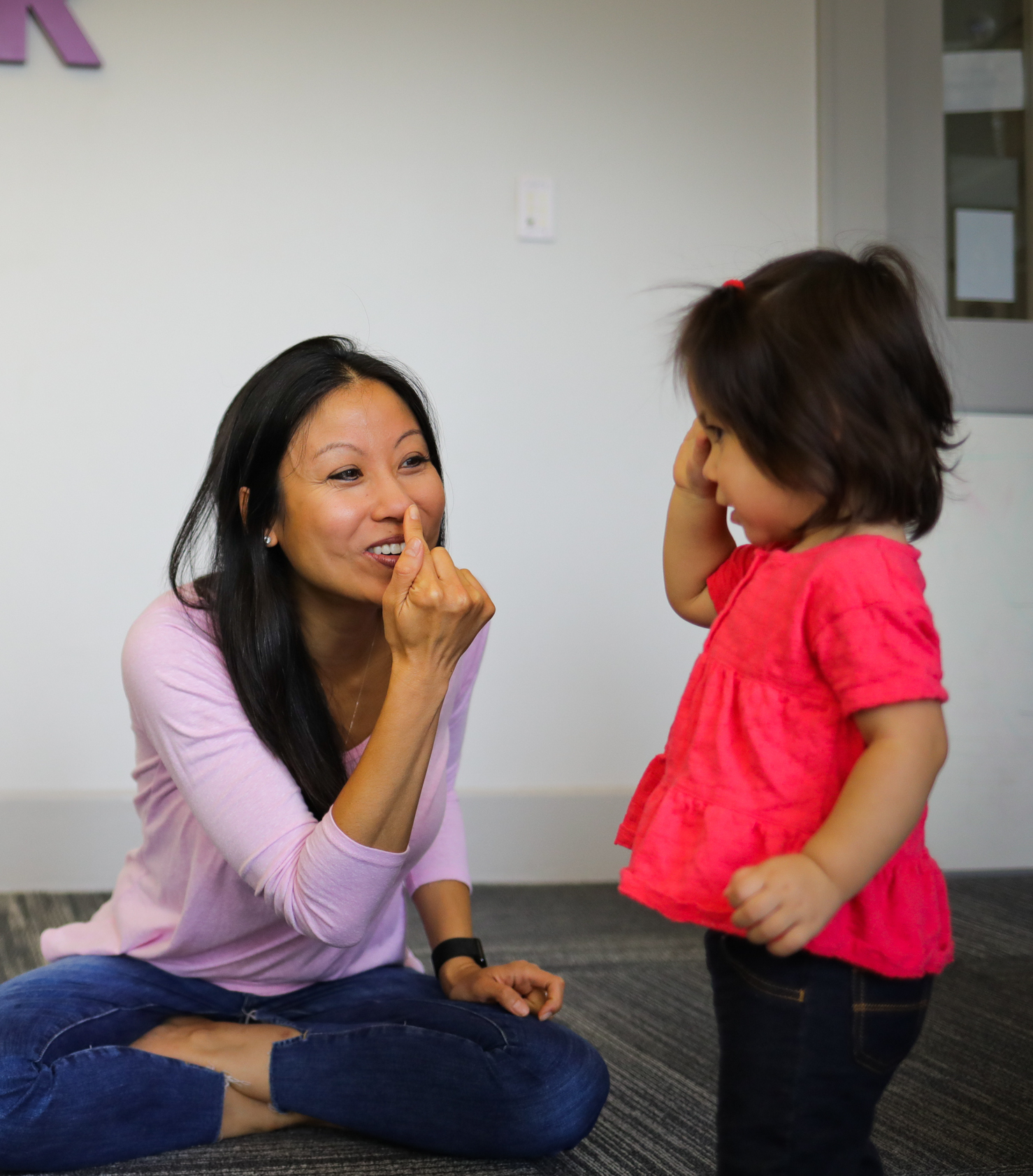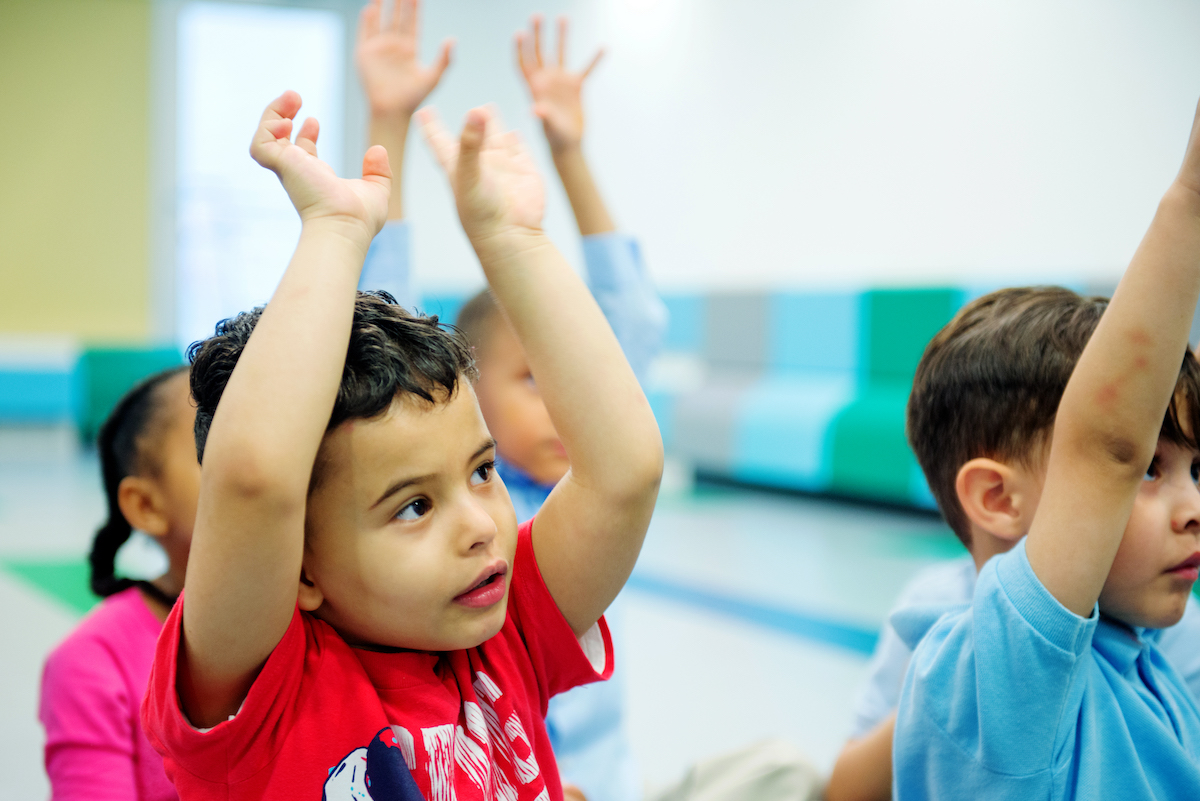We know that the most successful multilingual learners are exposed to non-native languages in the first years of life, but using music as a teaching tool boosts their ability to achieve fluency faster.
In the United States alone, multilingual learners account for more than 10% of enrolled K-12 students—that number doesn’t scratch the surface of the millions of children under 3 in multilingual families in the US, or the billions of children worldwide who approach school with the expectation of speaking more than one language.
That’s a tall order for tiny tots, but one way to surpass multi-language milestones is through the power of music.
Research proves music supports multilingual learners.
In one study, two groups of children were given the same non-native text to memorize. One group studied the passage through song, while the other studied it through traditional reading and speaking. Results showed children who learned the text through song were able to better recite the passage, pronounce vowel sounds, and translate/understand terms.
So, we know song is important when it comes to new language acquisition, but it’s not just the singing…

6 ways music and movement support the early multilingual learners
- Rhythm enhances phonemic awareness, so things like placing emphasis on certain syllables in songs supports speech detection, even for newborns.
- Melody and rhythm boost memorization skills (think about your favorite song—just by hearing those first bars, you’re likely ready to belt out the first verse).
- Movement paired with music helps with translation and meaning (like opening and shutting hands in “Open, Shut Them”—try this song out on our free app!)
- Singing relaxes the mouth and slows down mouth movements, making it easier for children to mimic.
- Singing, especially in higher pitch, holds children’s attention longer than speaking—singing songs in a head voice is KEY to maximizing engagement.
- Music and movement sparks JOY. Joyous moments make learning stick, and children are more likely to want to repeat them.
So, if you’re a multilingual family with young children, a teacher with multilingual students, or simply introducing your children or students to new languages, music and movement is the absolute best and most memorable way to support new language learning.
To learn more about how music and movement support multilingual learning, find a grownup-and-me class or check out our musical play classroom kits for early learning environments.

